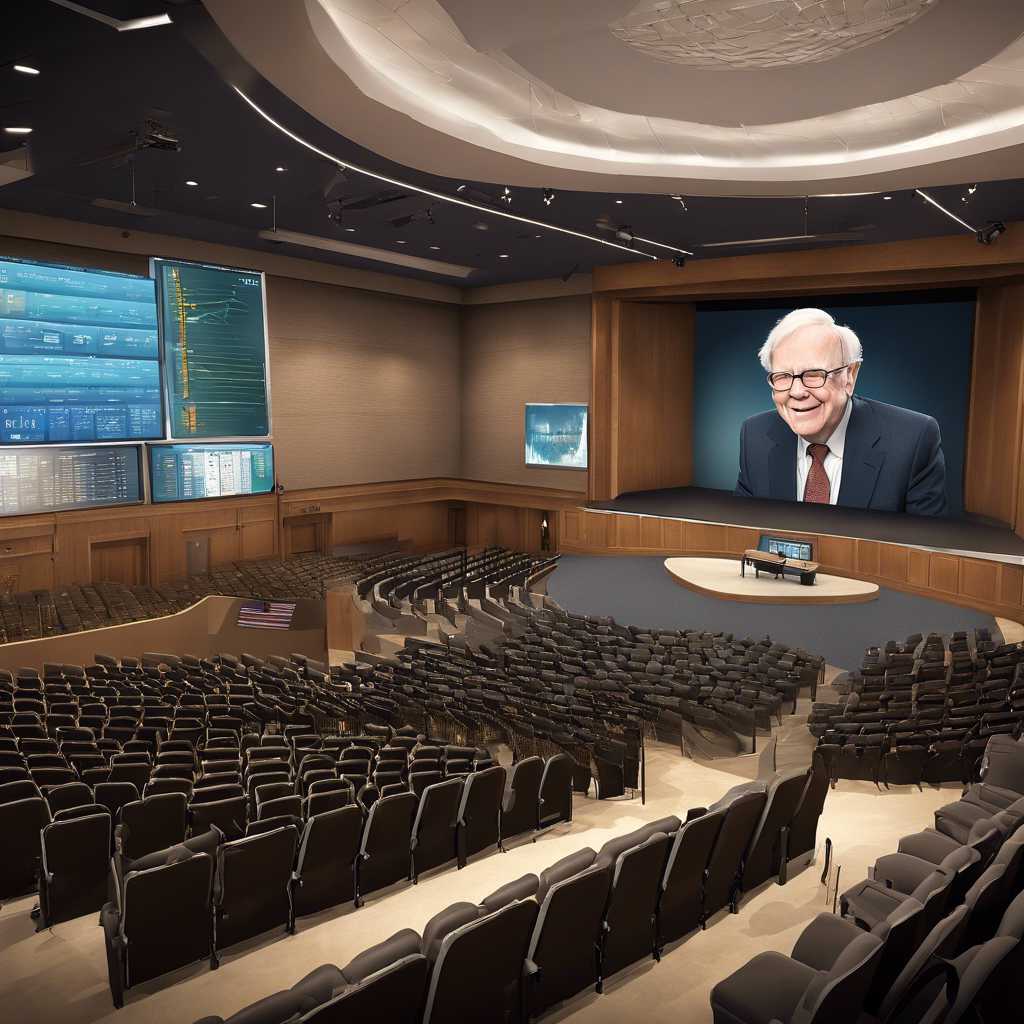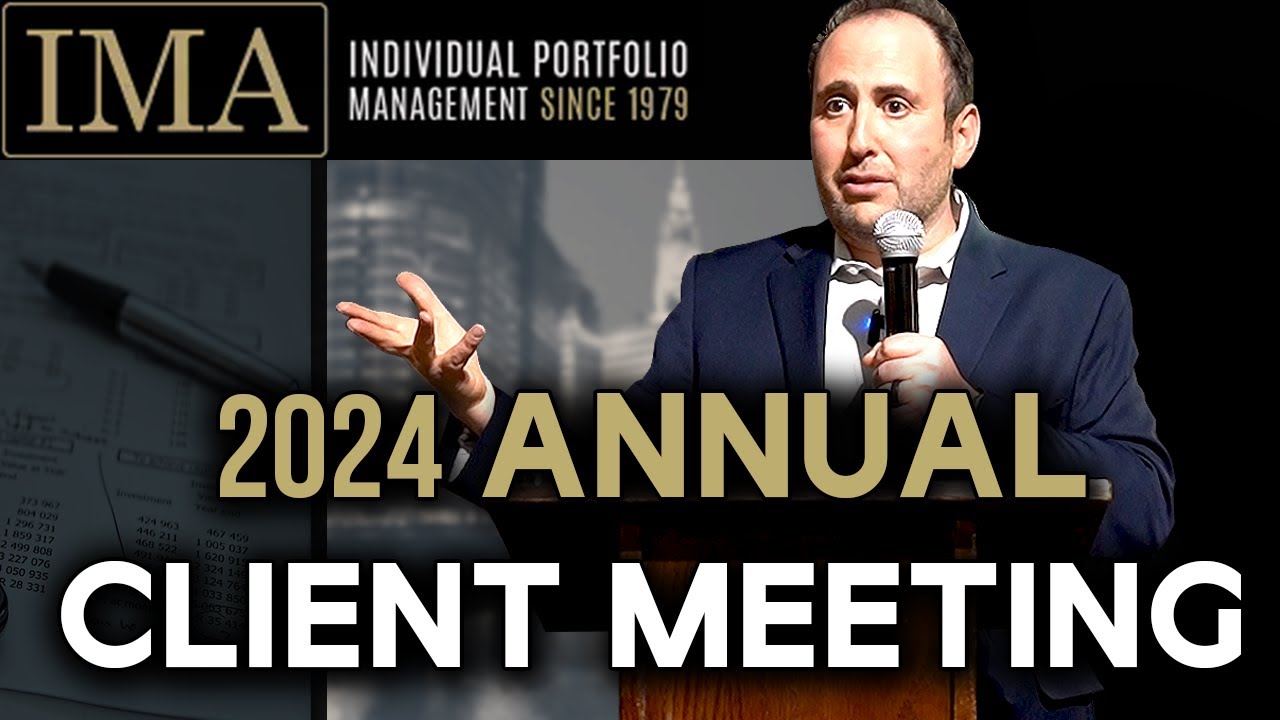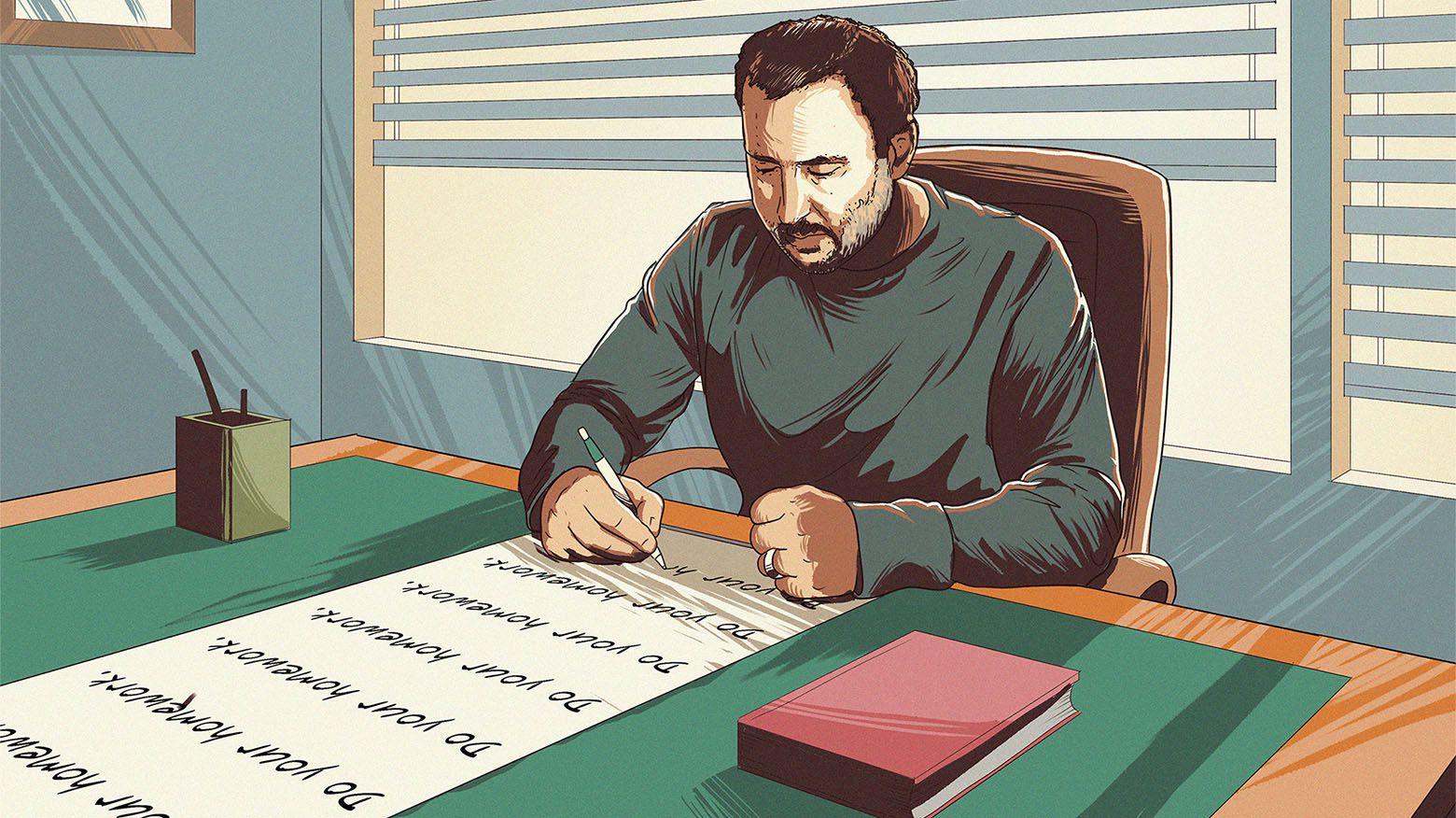It’s time for the annual trip to Omaha. For many, it’s a worshipful pilgrimage, as they hang on every word coming out of the Oracle’s mouth as the Gospel of Eternal Truth. I am not much of a worshipper (in this article I explained why); I go there to learn, debate, meet like-minded investors and, most importantly, to rid myself of the day-to-day market noise that gets under your skin. This is a once-a-year opportunity to spend time with like-minded value investors; in fact, during this weekend Omaha turns into value investing central. Believe it or not, it is worth the trip even if Oracle and his 86-year-old sidekick, Mr. Munger, don’t put on a 6-hour show.
Here is what my plans are:
Friday April 30th
- Arrive in Omaha at around 10 am.
- 1 pm. 2nd annual Cheap Talk. You Are Invited. Last year we had a group of about 30 people, and it was a blast . Nothing fancy: water (this year with ice) and a thoughtful conversation. It will take place on campus of Creighton University at Billy Blue’s Alumni Grill (you can find directions here ).
- 3:30 pm. I will participate in the “Value Investing” panel discussion. I am privileged to share the stage with Bruce Greenwald and David Winters. Attendance is free, and I extend an invitation to you on behalf of the organizers of this panel. (Now you see why the Cheap Talk gathering is where it is).
- 8:30 pm. Book signing at Dairy Queen. This could only take place in Omaha. Several hundred people will pack into a Dairy Queen, where a dozen authors will be signing books. If you show your Berkshire meeting badge, you’ll get a free ice cream. I’ll stop by for a half an hour.
- 9 pm or slightly later. Whitney Tilson’s party at the Marriott (the party actually starts at 8:30). I also have a hidden agenda there. Bill Gates was spotted at the Marriott with his father a few years in a row. If I see Bill I’ll ask him to sign my iPad.
Saturday May 1st.
- Early in the morning till about 3 pm. Buffett/Munger show.
- Post-Buffett/Munger show party, again hosted by Whitney Tilson (you see a pattern, Whitney is a party animal) at the Hilton attached to Quest Center.
Sunday May 2nd
- 10 am. Markel brunch at the Marriott. Tom Gayner, CIO of Markel, made a terrific presentation last year. It is worth the cost of admission (OK, it’s free and they serve free brunch, but I found Tom’s insights terrific).
- 12 pm. Book signing at The Bookwarm (official signing starts at 11:30, but I’ll be late). 8702 Pacific St., Omaha, NE 68114
- 7:20 pm. Leaving Omaha. I’ll spend a few hours with my kids and then …
Monday May 3rd
- Taking a morning flight to attend the Value Investor Congress in Pasadena. This is the 3rd congress I’ll be attending (I spoke at the one in 2008). It is a great event, the quality of the speakers is first-rate, and I’ll have a chance to catch up with friends I’ve made there over the years.
Wednesday May 5th
- Right after the Congress I’ll take a taxi to Wesco’s annual meeting, which is a just a few miles away. Charlie Munger, who also happens to be the CEO of Wesco (a poorly run conglomerate) gives a speech and answers questions for hours. You don’t have to be a shareholder to attend. Usually, few questions are asked about Wesco’s business. If people own the shares they are probably too ashamed to admit it, and for good reason: Wesco’s stock has not gone anywhere for years, it has a horrible return on capital, and earnings have stagnated since forever; in other words Wesco is a good example of how not to run a business. (These comments guarantee that I’ll get a few angry emails defending Mr. Munger and the stock). I skipped last year’s Wesco meeting as I missed my kids too much and took an early flight home. I’ll try to attend it this year, though, because Charlie does offer a lot of good insights.
- Whitney Tilson is hosting a cocktail reception after Wesco’s meeting.
July 13-14 – I’ll be speaking at the Value Investor Seminar in Molfetta, Italy. This is my first time, but I’ve heard from friends who attended/spoke there that it is a one-of-a-kind event.
July 20-23 (exact day to be determined) – I’ll be speaking at the Agora Financial Investor Symposium in Vancouver. I’ll take my family with and we’ll make a vacation out of it.
More Random than Usual Thoughts
I have not written earth-shaking in a few months (rewriting the China article for Christian Science Monitor doesn’t count). I don’t know whether I just haven’t felt inspired, did’t have any good ideas to share, or have simply suffered from a mild version of writer’s block. I did however update my China presentation.
Here are my random thoughts on the economy. I read reports of this fairly robust economic recovery and I don’t know if I should praise human ingenuity and capitalism or the resourcefulness of Uncles Sam and Ben. Existing home sales are rising and new home sales are skyrocketing, up 27% in March; but these signs of recovery are likely to be false positives, since people are running to buy houses before the homebuyer tax credit expires in April.
Consumers are behaving as if they didn’t read the memo on the new normal: they should be unemployed (or underemployed), scared, deleveraging, and frugally buying necessities – but so far the data is not supporting this. AmEx reported a 16% growth in credit-card balances in the first quarter; and retail sales, though coming off a low base, are recovering. (Capital One, however, saw a 6.8% contraction of card balances. I need to dig deeper to understand the differences.)
I keep picturing the consumer debt-to-GDP chart, where debt as a percentage of GDP was gradually growing for decades until 2001, reaching about 60%; and then in less than a decade it skyrocketed to over 90%. The market is a discounting mechanism; it spends little time dwelling on the past and focuses on the future. Maybe consumers are doing the same, looking past their current problems, and so their spending reflects tomorrow’s (expectations of) a robust job market. Or maybe old habits die harder than we expected? Of course if you fall into the 10% of Americans that are unemployed, or the 17% that are underemployed and can barely pay today’s bills, you may find it hard to spend the money you don’t have. There is another (though slightly cynical) explanation: consumers are diverting their mortgage payments, which they are not making, towards their everyday purchases.
Unemployment benefits muddy the economic waters. Many unemployed have already exhausted their original unemployment insurance, which usually lasts just a few months, and have been receiving extended benefits courtesy of the US taxpayer. The President just signed another $18-billion unemployment benefit extension into law. For an average American who is unemployed, it makes little sense to look for a job if you can collect unemployment benefits. The median income per family is about $54,000 a year, or $27,000 a year or $2,250 a month per median person. Unemployment benefits amount to, say, $1,600 a month. Though the $650 a month (or $7,200 a year) difference between a paycheck and an unemployment check should encourage one to look for a job, it might not if you consider the cost of day care (especially if you have 2.7 kids), transportation to and from work, the cost of buying lunch, time not spent with kids, etc. I know a few people who’ve been unemployed for longer than a year, collecting unemployment benefits, and are not looking for a job, or would only take a job as good as the last one they lost – they are satisfied with the unemployment benefits.
I understand the need to extend the unemployment compensation during a very severe recession; however, continuous extension of unemployment benefits creates strong disincentives for people to work, it neuters creation of new businesses, prolongs unemployment, and leads us towards higher government debt and taxes. This is exactly what has been taking place in Europe for decades. I have a simple solution: every time unemployment benefits are extended, reduce them by 20% or 30%. This should telegraph the right message, that over time the gap between paycheck and unemployment check will increase, and preparing people for the inevitability that unemployment benefits will not be extended forever.
Uncle Ben went off quantitative easing in the mortgage market in late March, or, in plain language, the Federal Reserve stopped buying mortgages of Fannie and Freddie in the open market, which had been keeping mortgage rates artificially low. Of course, the Fed stopped doing this after going through a trillion dollars (billion doesn’t impress anyone, not anymore). I am watching mortgage rates closely, because the Fed’s sudden absence from the mortgage market should, in theory, drive interest rates up. Practice so far disagrees with theory: mortgages rates ticked up a little in early April and then declined again. Mortgage rates are extremely important to the housing market, as they determine housing affordability – higher interest rates, in the 6-7% range, may reignite a double dip in the housing market.
Today, you’ll have a hard time finding a bank that wants to originate and keep fixed-rate mortgages on their books when interest rates are at 5% (this is why almost all mortgage originations are backed by Fannie or Freddie). First of all, they don’t want to expose their balance sheets to significant interest-rate risk if/when rates rise, which is a common expectation, but they can hedge that. Second, and most importantly, at 5% you are not charging enough for risk; and finally, why bother with extra paperwork if you can borrow at close to zero percent and buy risk-free (or so we truly hope) government bonds instead? Higher, free-market-set long-term rates may change this behavior.
This was not your typical garden-variety recession caused by excesses in the corporate sector, it was a consumer-driven recession, thus the recovery should be different as well. So far economic data points to a typical economic recovery; however, the stimulus that went into the system to jumpstart this economy was not your typical garden-variety stimulus either. Thus sustainability of this recovery is questionable.
If you positioned your portfolio for a less-than-robust recovery, the tape was not on your side over the last few months. I am writing the following as much for my sanity as well as for you, my dear reader: the stock market is a marathon not a sprint, and there will be periods of time when the strategy (temporarily) stops working and the best thing to do is to do nothing. Last week a few of my stocks reported what I thought were terrific earnings, and the market either yawned or took the stocks out and shot them (that is what has happened to eBay). Instead of letting market get to me, I took a day off, went with my kids to the museum, and didn’t think about the market.










0 comments